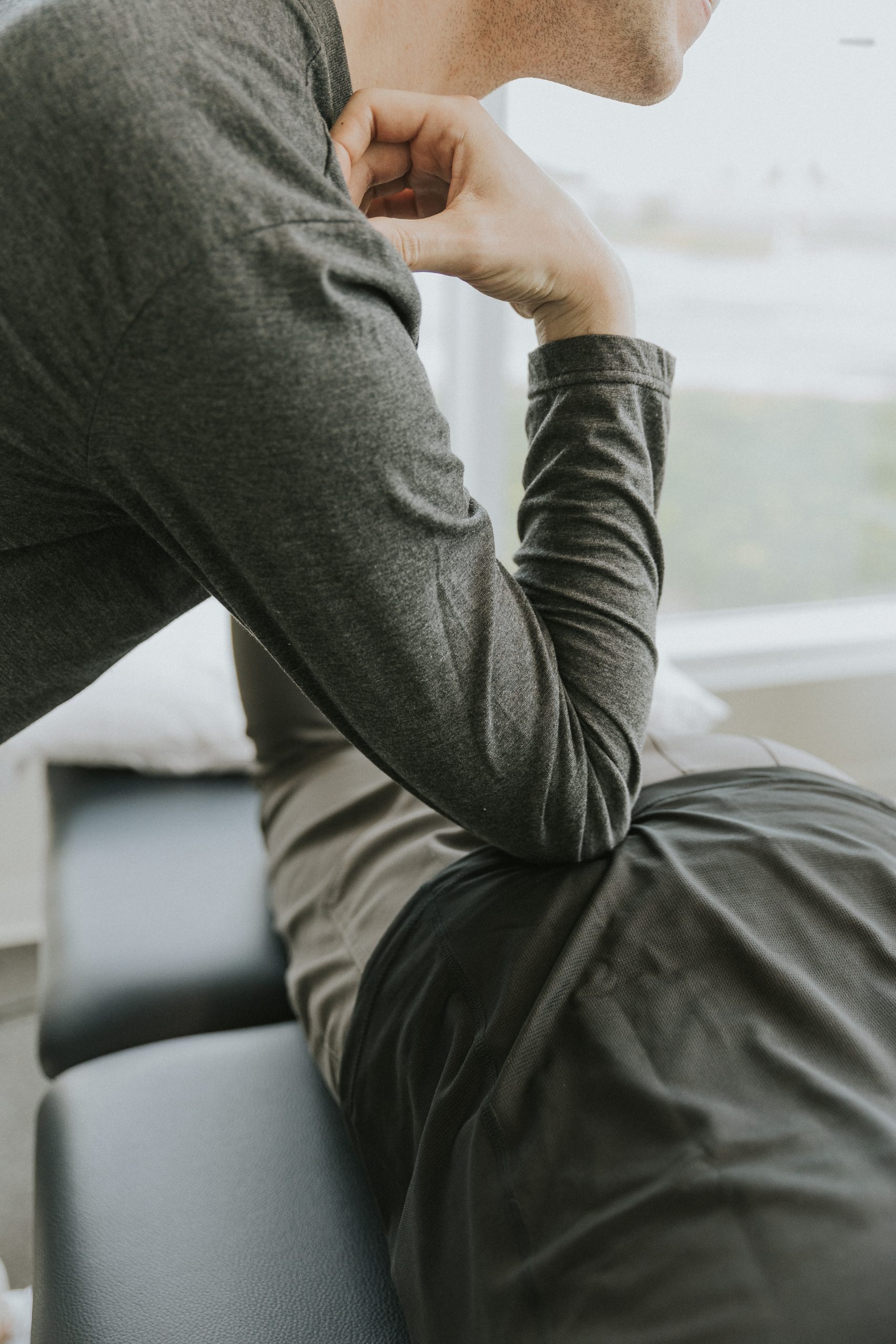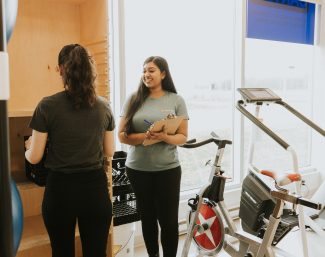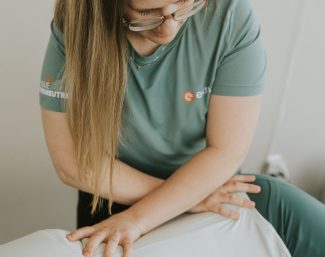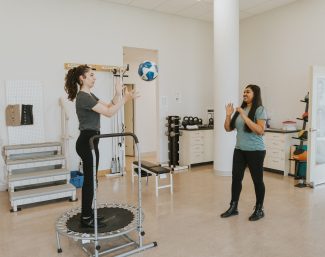
When it comes to rehabilitation and recovery, two common therapies people often encounter are Physiotherapy (PT) and Occupational Therapy (OT). Although both play an important role in improving a person’s ability to perform daily tasks and regain independence, their approaches can differ. So, how do they compare, and more importantly, how can OT and PT complement each other to provide the most comprehensive care?
What is Physiotherapy?
Physiotherapy focuses on improving physical movement and function through exercises, hands-on treatments, and techniques that help restore strength, flexibility, balance, and mobility.
Goals of Physiotherapy:
- Restore movement and function after injury, surgery, or illness;
- Reduce pain and inflammation;
- Improve posture, strength, and flexibility;
- Prevent further injury through education and exercise programs.
What a physiotherapy treatment can look like:
A typical PT session may include:
- Manual therapy techniques (joint mobilization, muscle and fascia release, etc.);
- Stretching exercises;
- Gait training;
- Mobility, strengthening, and functional exercises;
- Guidance for returning to activities (sports, work, etc.);
- Use of modalities like heat, cold, or electrotherapy.
The goal is to help clients regain optimal physical function and return to their daily routines or sports safely.
What is Occupational Therapy?
Occupational Therapy, on the other hand, focuses on helping individuals engage in everyday activities (occupations) with greater independence. OTs takes a broader view and works on a person’s ability to perform specific tasks in daily life, from basic self-care to work or leisure activities.
Goals of Occupational Therapy:
- Promote independence: Helping clients perform daily activities (e.g., dressing, cooking, bathing) after injury or illness.
- Improve ability to perform functional tasks: Using therapeutic exercises to improve range of motion, strength, endurance, balance and fine motor coordination.
What Occupational Therapy treatments can look like:
OT sessions may include therapeutic activities designed to improve strength, flexibility, coordination, and memory. Occupational therapists also educate clients on safe and effective ways to perform daily activities, such as from energy conservation and joint protection strategies to ergonomic adjustments at home or work. They may also recommend adaptive tools or environmental modifications to promote safety and independence.
How Physiotherapy and Occupational Therapy work together
While PT and OT each have their own unique focus, they often collaborate together to provide a holistic rehabilitation experience that addresses both physical and functional recovery.
1. Collaborative approach to recovery
Individuals recovering from an injury or illness may benefit from both therapies. PTs help restore movement and strength, while OTs focus on applying those abilities to meaningful real-life tasks.
2. Enhanced focus on mobility and daily living
A PT may improve a patient’s ability to walk, stand, or perform physical movements, whereas OT ensures that these improvements translate into everyday activities, such as cooking, driving, or returning to work.
3. Pain management and functional restoration
PTs reduce pain through targeted movement therapy and manual techniques. OTs complement this by teaching clients how to adapt daily tasks, manage fatigue, and prevent reinjury, supporting long-term wellness.
4. Holistic support for the whole person
Physiotherapy primarily focuses on the body’s physical recovery, while occupational therapy considers how physical, cognitive, and emotional factors interact. Together, they help clients not only move better, but also live more fully and confidently.
Looking for Physiotherapy or Occupational Therapy in Vaudreuil-Dorion?
Our interdisciplinary team works together to help you move better, feel stronger, and regain confidence in your daily life. Whether you need physiotherapy to restore movement or occupational therapy to regain independence in everyday activities, our professionals are here to guide you every step of the way.
Book an appointment and take the next step toward your full recovery and well-being.





